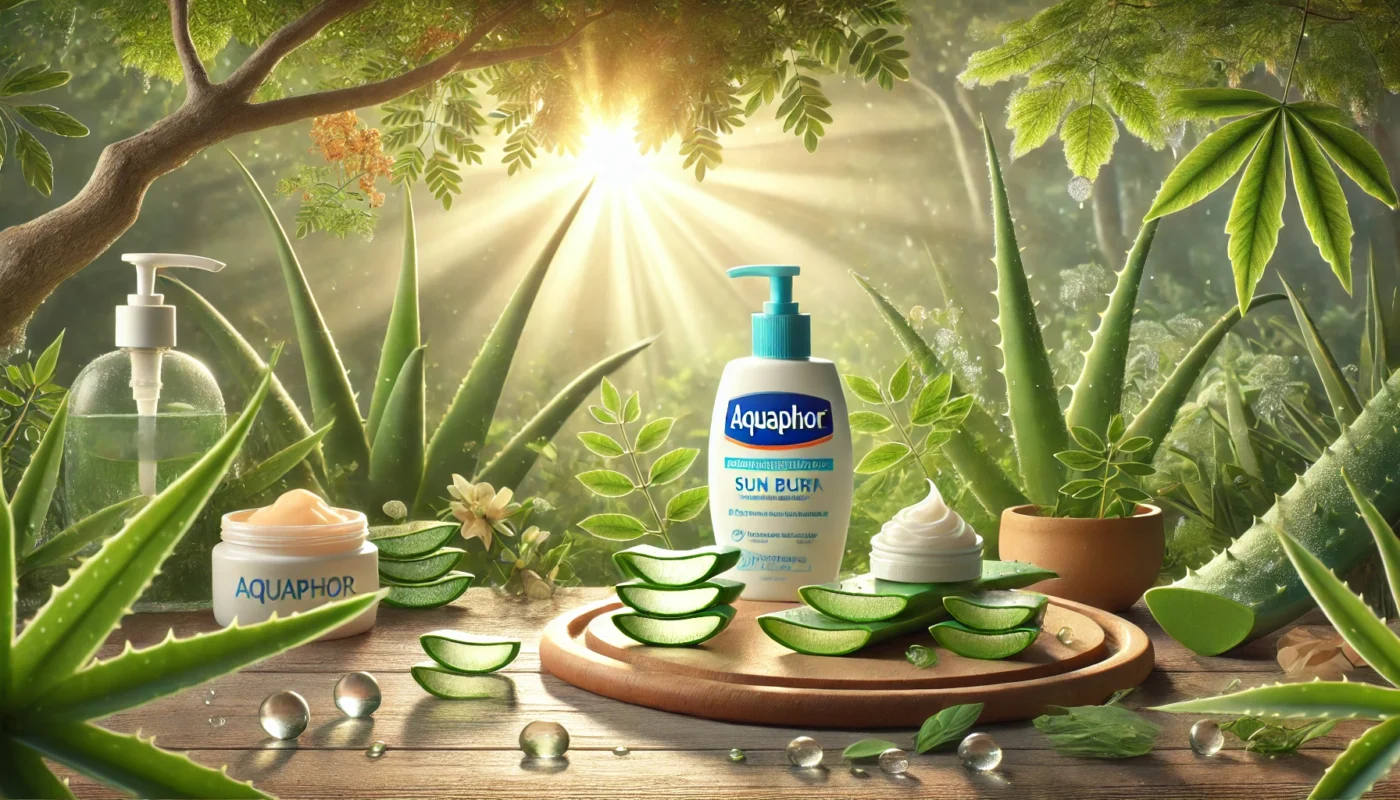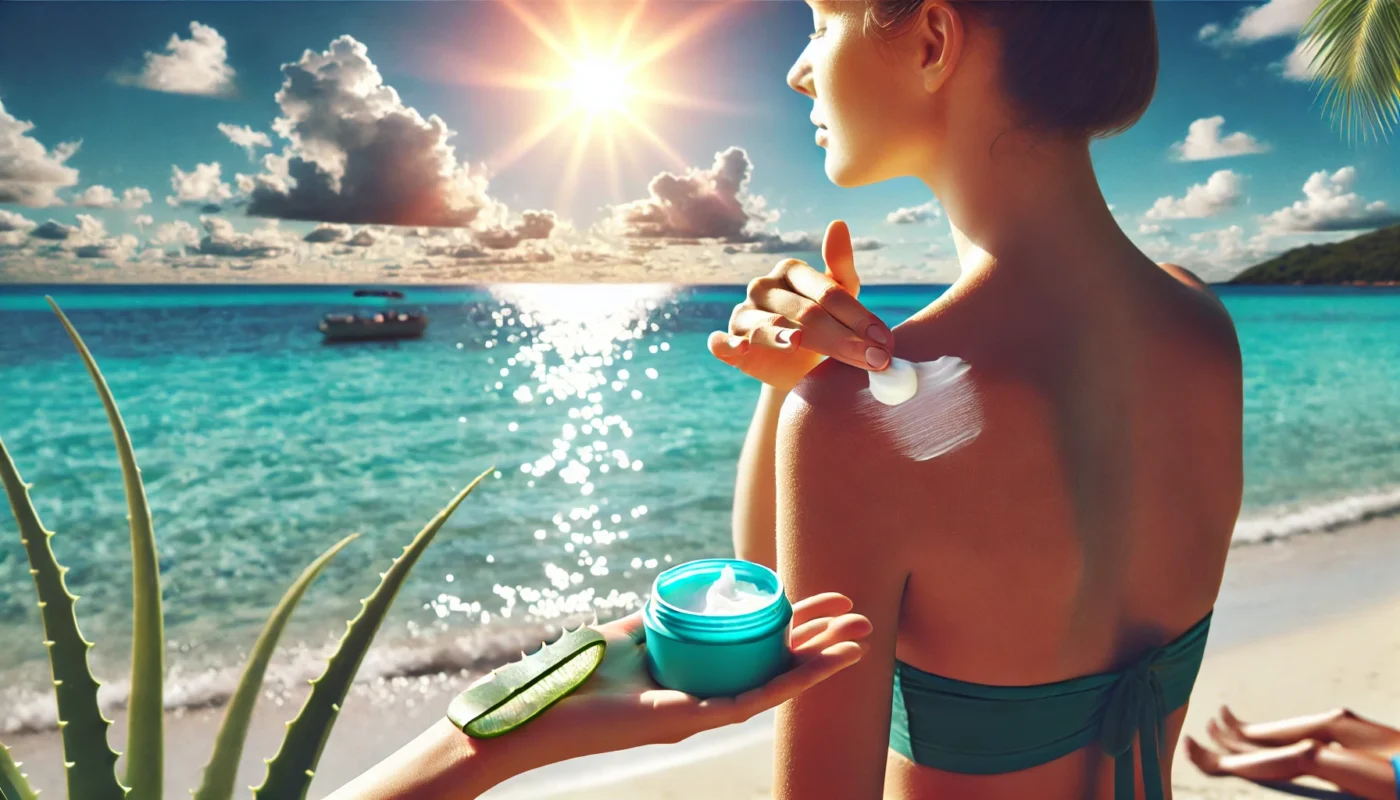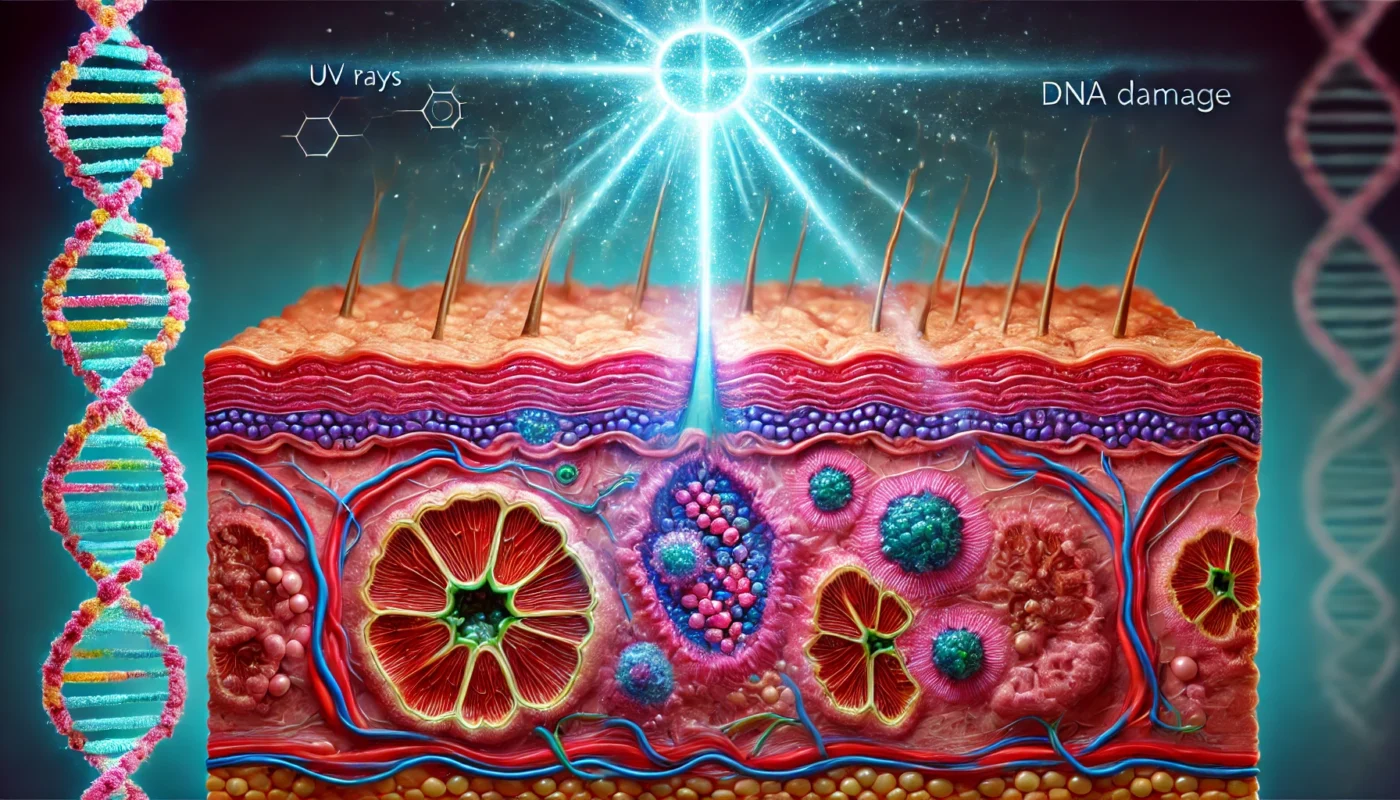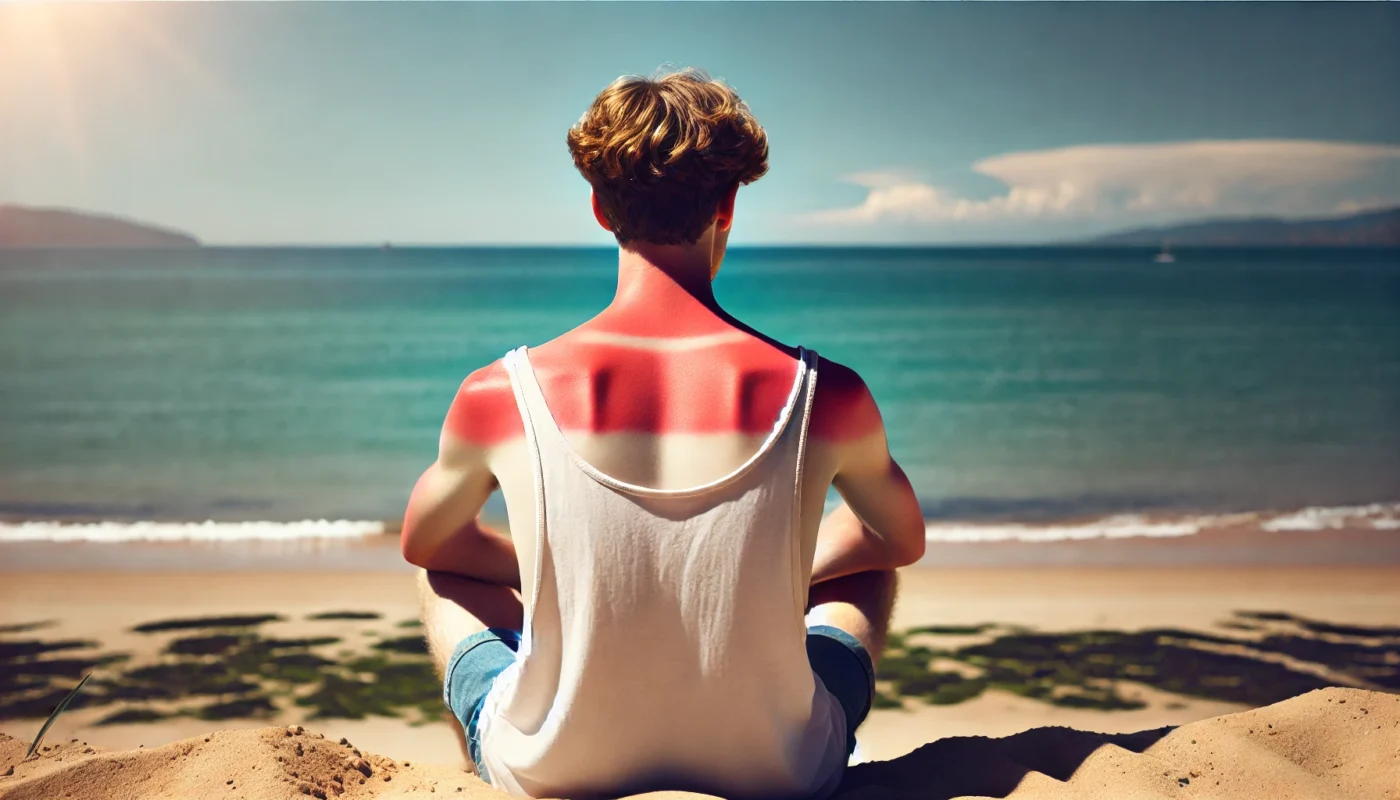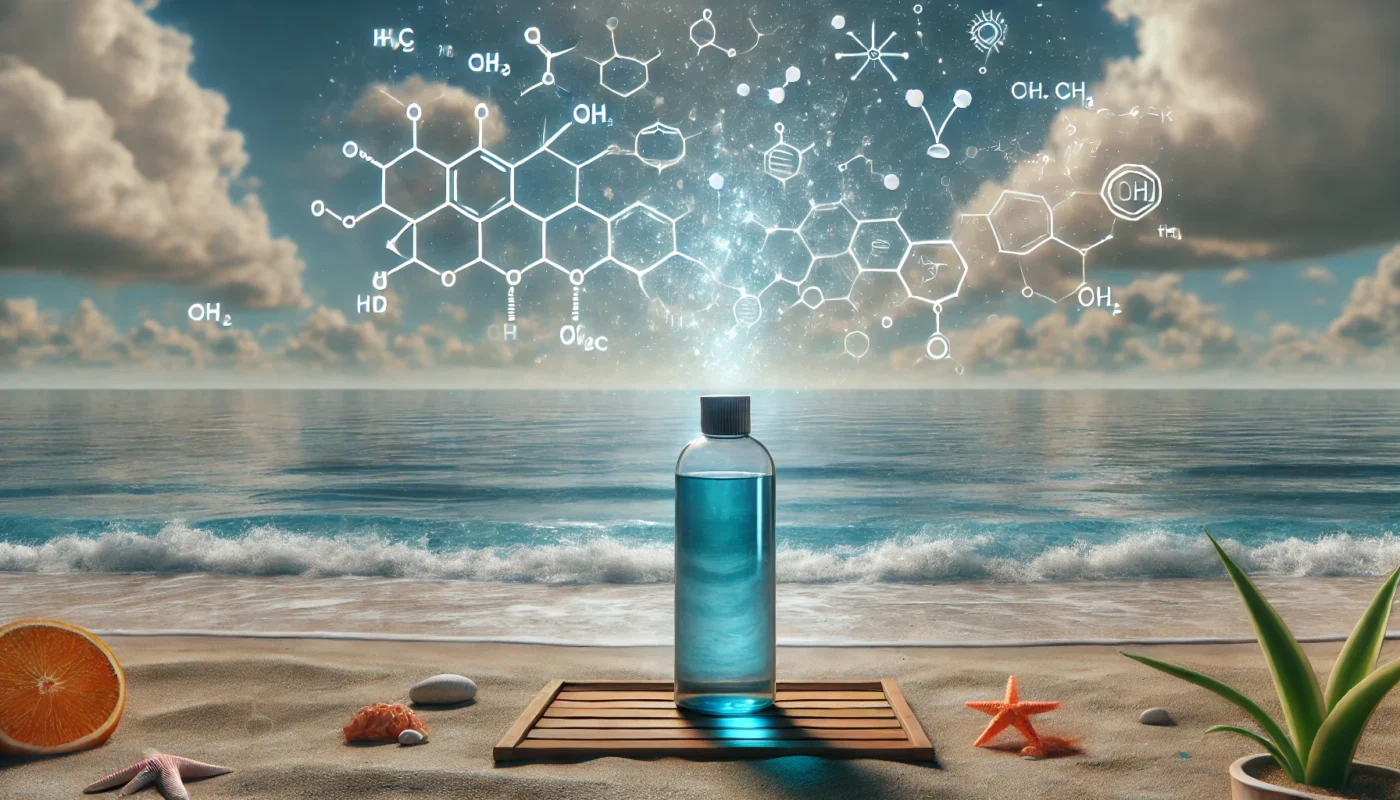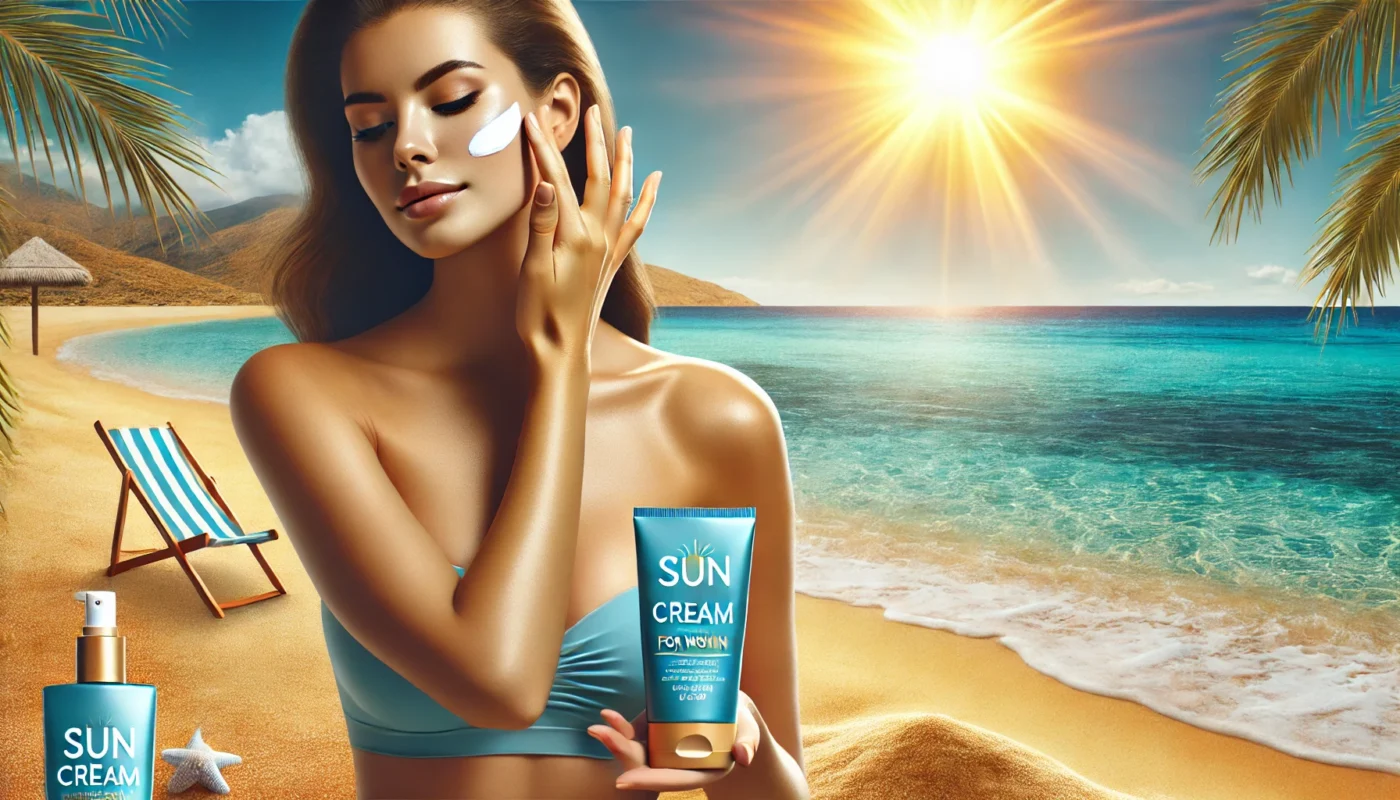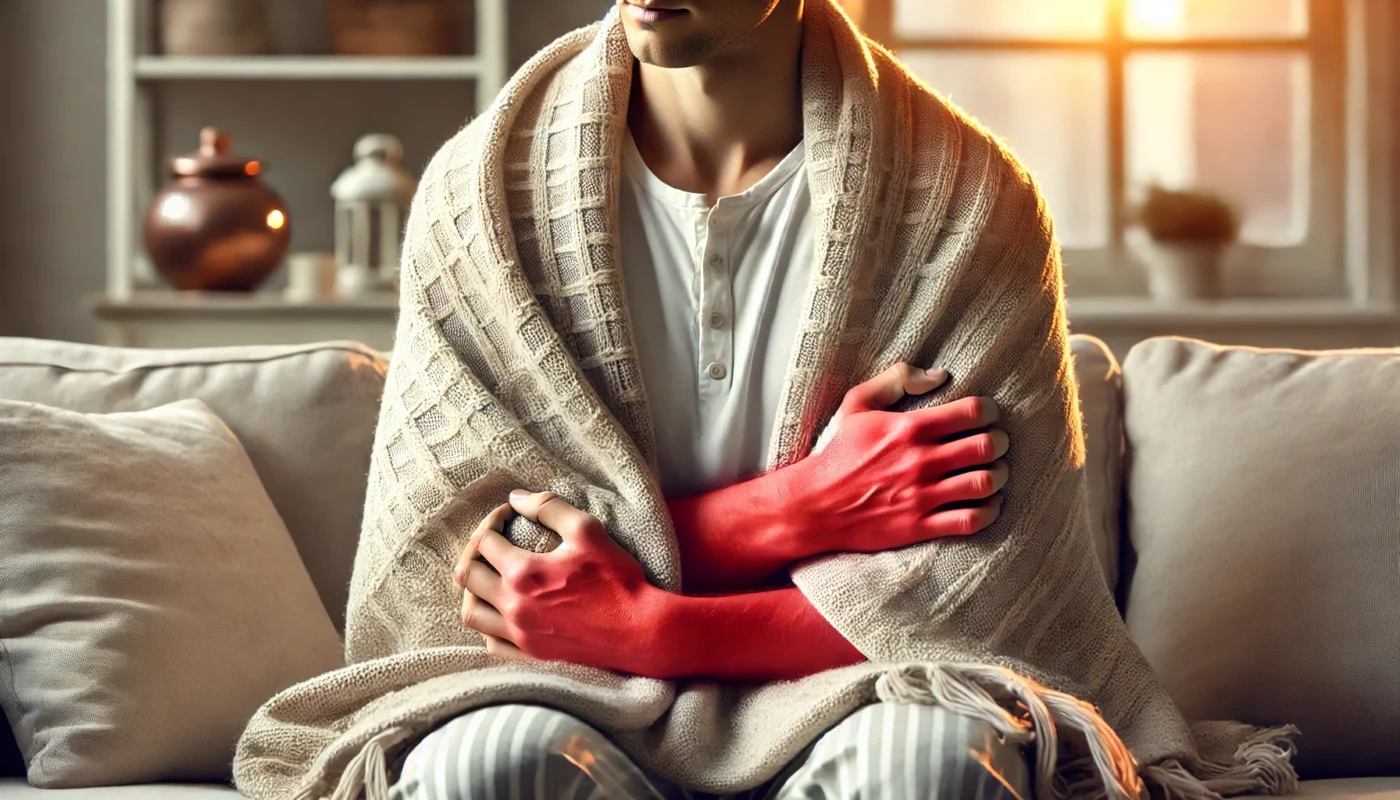Sunburns, an unfortunate consequence of prolonged sun exposure, can cause significant discomfort and damage to the skin. While prevention through sunscreen and protective clothing is key, sometimes sunburns happen, and relief is needed. One popular remedy many turn to is Aquaphor. But does Aquaphor actually work for sunburn relief? Let’s delve into the science and understand how it measures up against other treatments.
Tag Archives: UV radiation
Sunburn is an acute inflammatory reaction of the skin induced by overexposure to ultraviolet (UV) radiation from the sun. This condition not only causes pain and discomfort but can also lead to peeling, blistering, and in severe cases, long-term skin damage. Understanding how to effectively manage sunburn is crucial for both immediate relief and long-term skin health.
Understanding the far-reaching implications of sunburns transcends the immediate redness and discomfort. It involves exploring the potential long-term effects, such as heightened skin cancer risks, accelerated aging, and various skin-related issues. In this detailed guide, we delve into the complex consequences of sunburns, backed by scientific research, and offer practical advice for prevention and treatment.
Sunburn is a prevalent issue that can impact anyone, but it poses a significant risk for individuals with fair skin. This skin type, characterized by lower melanin levels, is particularly vulnerable to the detrimental effects of ultraviolet (UV) radiation. This article will explore why fair-skinned individuals are more prone to sunburn, delve into the biological mechanisms of sunburn, and provide practical strategies for effective skin protection.
Sunscreens are composed of a variety of chemicals and minerals that work to block or absorb ultraviolet (UV) radiation. Understanding these components is key to selecting the right product for your skin type and lifestyle.
Sunbed burns occur when the skin is overexposed to ultraviolet (UV) radiation, similar to sunburns caused by natural sunlight. The intensity of UV rays in sunbeds can often lead to burns if adequate precautions are not taken. It’s crucial to recognize the symptoms early, which include redness, swelling, tenderness, and sometimes blistering.
In this comprehensive guide, we will delve into the key aspects of sun cream for women, offering practical advice backed by scientific research. Our goal is to equip you with the knowledge to make informed decisions for your skin health.
Understanding Sunscreen: The Basics
Sunscreens, often referred to as sun creams, are formulated to protect the skin from the harmful effects of ultraviolet (UV) radiation. There are two types of UV rays that affect the skin: UVA and UVB. UVA rays penetrate the skin more deeply and are primarily responsible for premature aging and wrinkling, while UVB rays are the main cause of sunburn. Both types contribute to the risk of skin cancer.
Types of UV Radiation
Understanding UVA and UVB rays is essential for selecting the right sun protection. UVA rays are long-wave rays that penetrate deep into the dermis, the skin’s thickest layer. They are present with relatively equal intensity during all daylight hours throughout the year, and can penetrate clouds and glass. This makes protection against UVA critical, even on cloudy days or indoors.
UVB rays, on the other hand, are short-wave rays that are primarily responsible for direct damage to the DNA in skin cells and are the main cause of sunburn. They vary by season, location, and time of day, with the most significant amount reaching the Earth’s surface between 10 a.m. and 4 p.m. during the spring and summer months. Understanding this can help you plan outdoor activities at safer times of the day.
Sunburn is a common experience for many. It’s often dismissed as a minor inconvenience.
But what happens when sunburn is accompanied by chills? This symptom can be alarming and confusing.
In this article, we delve into the science behind sunburn and chills. We aim to provide a comprehensive understanding of this phenomenon.
We’ll explore the potential risks of sun exposure, including sun poisoning. We’ll also discuss the effects of tanning beds.
Practical advice on natural cures and prevention strategies will be provided. We’ll also address the duration of sun-related fatigue and recovery processes.
Whether you’re a fitness enthusiast, a health enthusiast, or a medical patient, this article is for you. It’s designed to help you understand and manage sun-related health issues.

